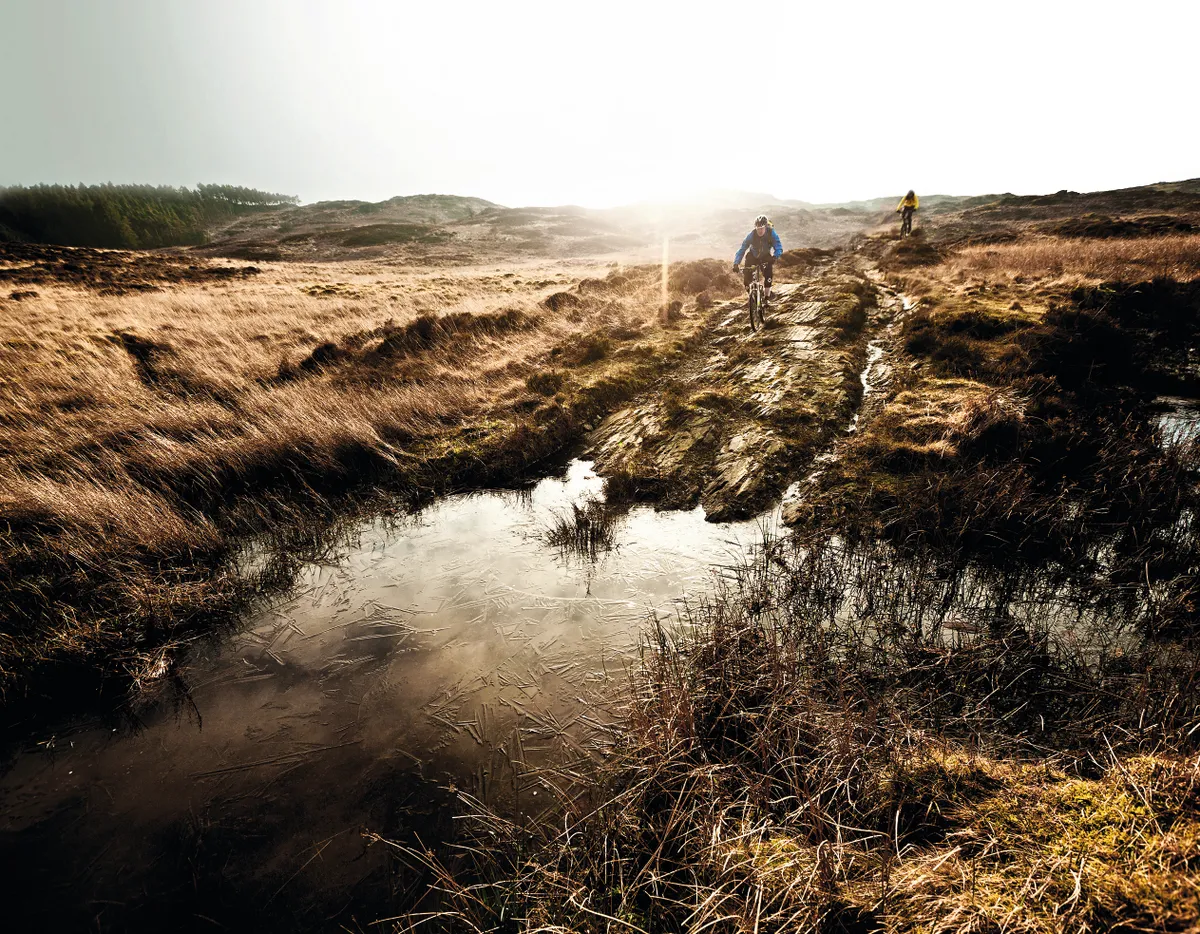
In summer, going riding is easy. You grab your bike, throw on your helmet and gloves, and off you go. When you get home, it’s just a case of putting your sweaty clothes in the washing machine and stashing your bike in the shed. But what about when it’s 3°C outside, wet enough to float the Ark and the trails are axle deep in mud? You’ve got to have military preparation skills to stay warm, dry and stoked – but it’s worth it!
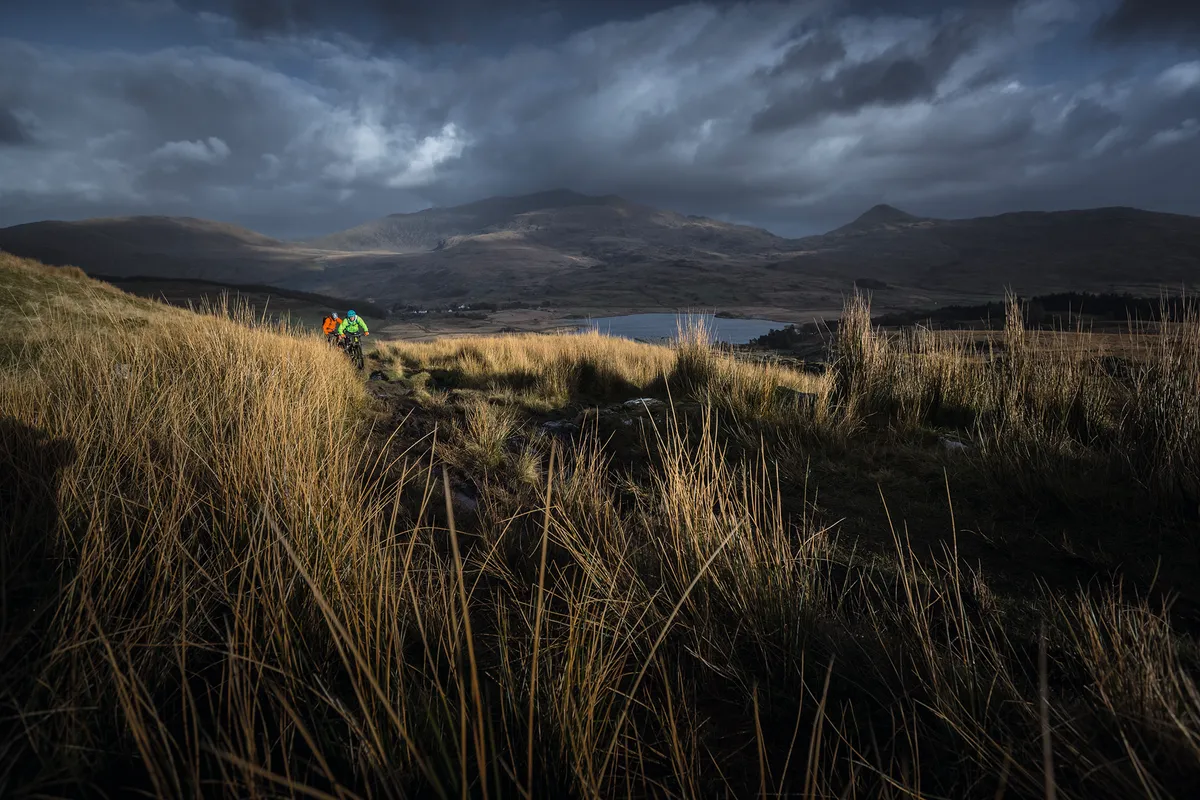
The first thing to get right is your underwear. A decent baselayer will remain comfy even if you get sweaty or soggy, 3/4-length bib tights under your baggies will keep your muscles warm (and your nether regions too) and waterproof socks will stop you getting trench foot when your shoes are waterlogged. If you run hot, go for knee warmers or knee pads rather than bibs. If you feel the cold, grab some full-length tights and layer up your torso.
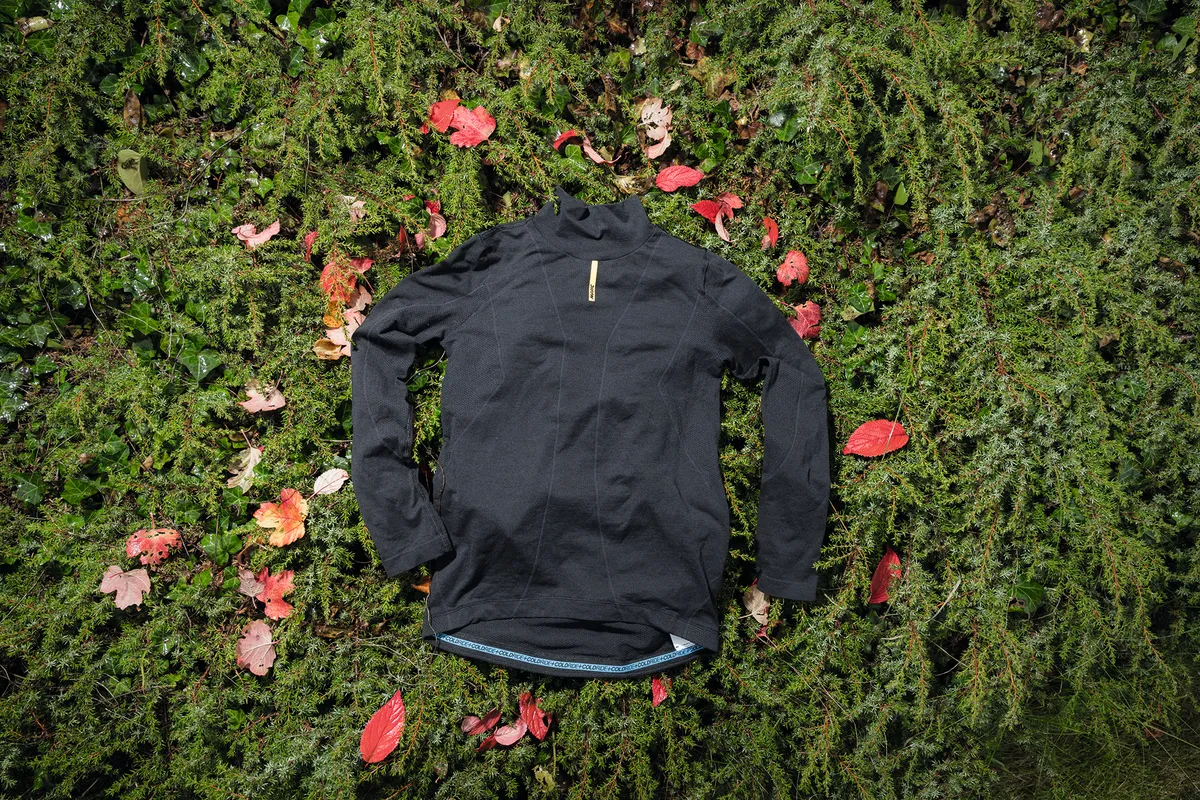
Next is your midlayer. Unless it’s really cold, a standard riding jersey will do the job, ideally with long sleeves, so that your skin’s not in contact with your outer layer. Go for synthetic fabric or merino wool – cotton will just get wet and cold. Your outer shell needs to keep the elements from getting in and warmth from getting out. On cold but dry or drizzly days a lightweight windproof jacket will work well, but for really grim weather, go for the most breathable waterproof jacket you can afford. Waterproof shorts are also a must when it’s soggy and cold – they'll protect your backside from water and dirt flicked up by the rear tyre, keeping it warm, dry and free of piles!
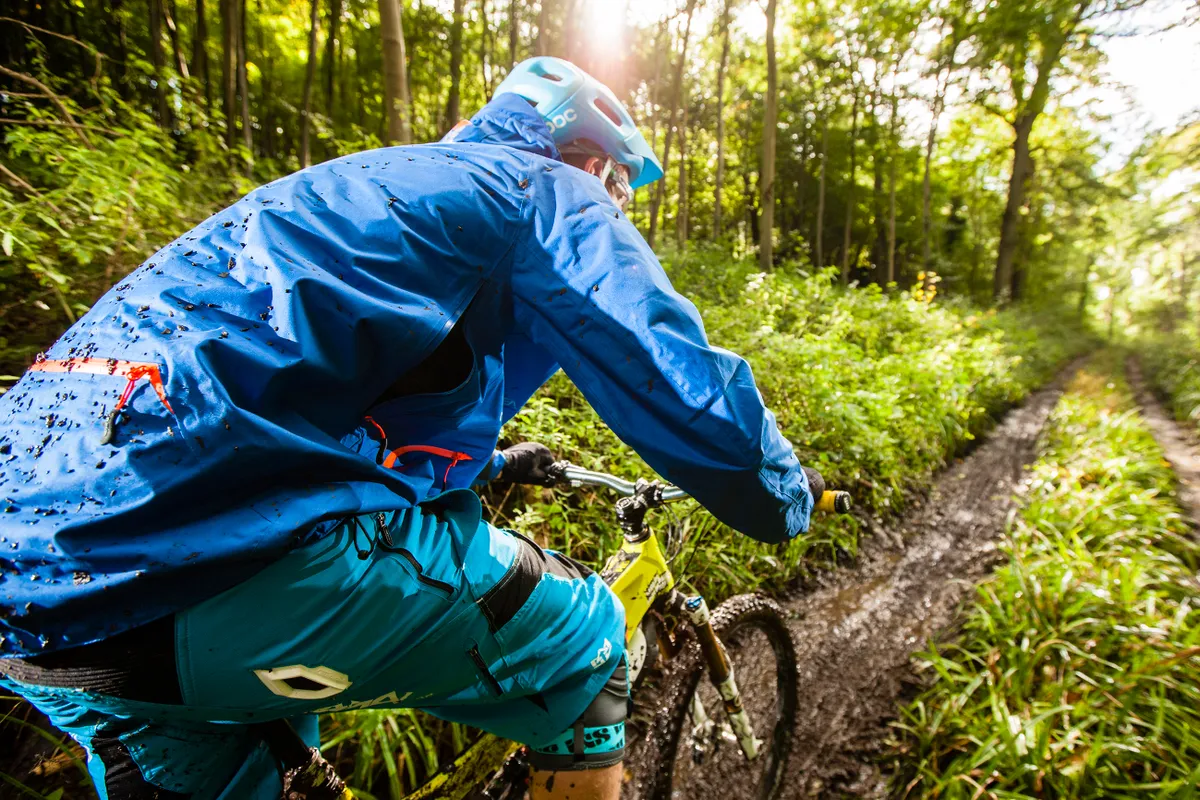
Your hands are one of the most exposed parts of your body. A good set of winter gloves will keep your fingers toasty when it’s cold enough to make your balls rise into your stomach. Just make sure you can still feel feedback from the bar. A neck tube is a good idea too when it’s really cold, to stop vital body heat escaping.
Get your bike prepped
1
Fit a fender
A front mudguard is a must, even if you wear riding glasses or goggles. It’ll stop the spray and grime covering your bike, torso and face – and look moto too! The Powa DFender offers the most protection, but the simple plastic cutouts do a good job too.
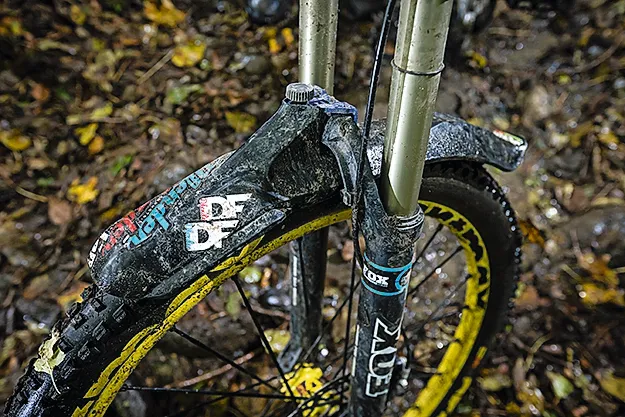
2
Lose some air
If it’s wet and sloppy, you’ll be riding slower and will need more grip on the wet ground. Letting some air out of your tyres and softening your suspension is an easy win.
Lube it up
Mud and slop can form a grinding paste. Lubricate your bike's chain and other moving parts to keep things running smoothly.
So there you go! It doesn't take much to get out there on the trails in winter. And all that riding in difficult conditions will make it feel like a breeze when the fairer conditions return. Happy Riding!
Find out more about the latest issue HERE. You can subscribe to MBUK here and check out our Facebook, Instagram and Twitter accounts for all of the latest mountain bike action.
And don't forget to sign up to our newsletter!
